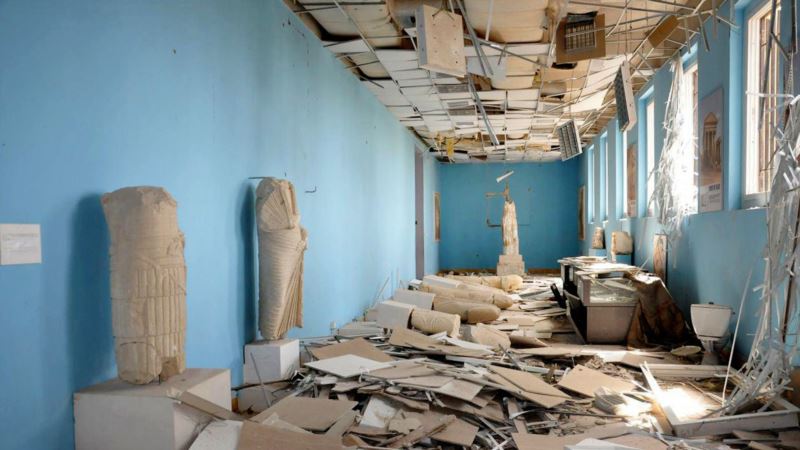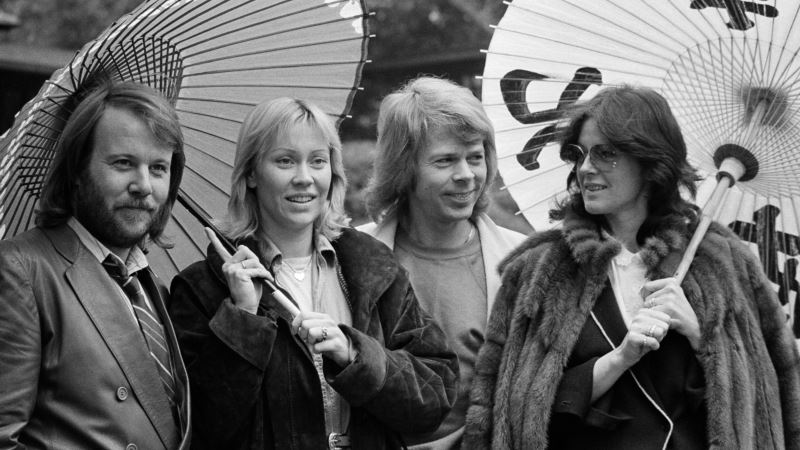The new head of the U.N. cultural agency has called for greater protection for cultural heritage sites, especially in conflict zones. Audrey Azoulay told a U.N. Security Council meeting Thursday that of 82 UNESCO World Heritage sites in the Arab world, 17 are on a danger list. "All six Syrian World Heritage sites have been severely affected, including Palmyra and the fabled city of Aleppo, one of the oldest cities in the world, now reduced to rubble," Azoulay said. She also told the council that more that 100 cultural sites across Iraq have been damaged. Azoulay said she was encouraged by the council's adoption of a resolution in March condemning the unlawful destruction of cultural heritage and warning Islamic State, al-Qaida and other combatants that such attacks may constitute war crimes. But she said countries need to do a lot more, including improving data collection and information sharing on trafficking routes, and better damage assessments. U.N. counterterrorism chief Vladimir Voronkov called for a stronger focus on investigations and cross-border cooperation, and on bringing in collectors, art dealers, auction houses and the tourism sector to stop the illegal trade in stolen cultural items. Voronkov said the "looting and illicit trafficking of cultural objects leads to the financing of terrorism and criminal networks." Yury Fedotov, head of the U.N. Office on Drugs and Crime, told the council that "the art market and museums should pay special attention to the provenance of cultural items that they are considering for acquisition, or with which they otherwise come into contact." Fedotov said there needs to be international cooperation in investigating, prosecuting and adjudicating cases related to trafficking cultural property. "Only in this way can we protect precious cultural heritage from being lost forever," he said.
UN: 17 World Heritage Sites in Arab World in Danger






